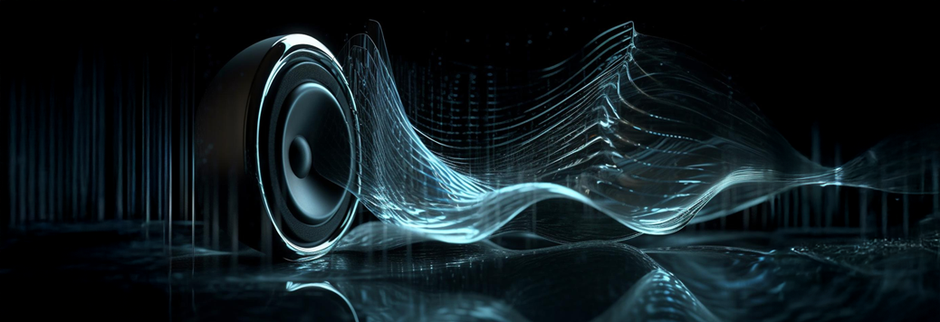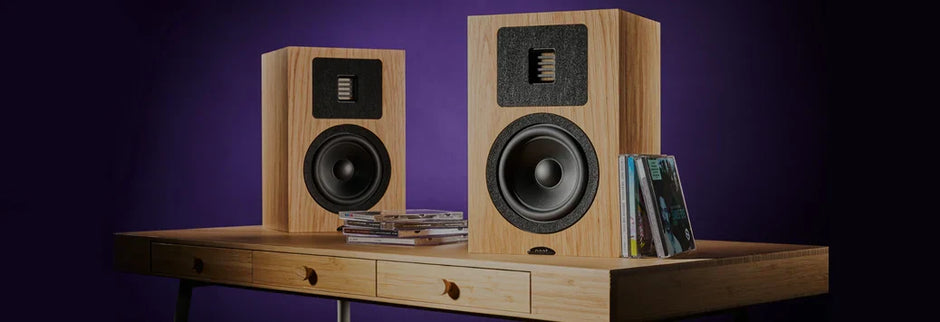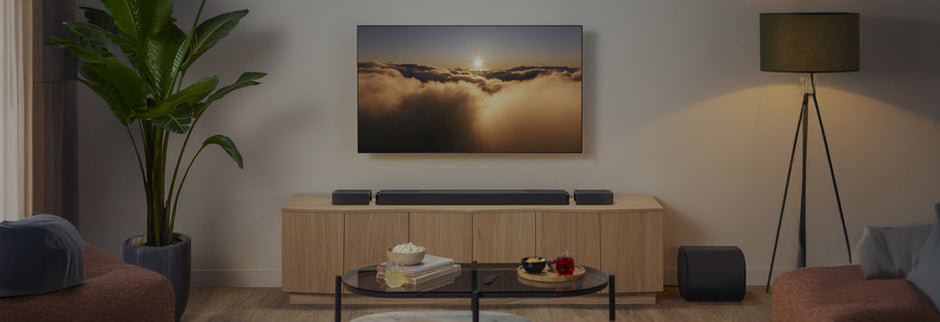
Choosing the right speaker for your home theatre system is a tricky ordeal, both for inexperienced first-time buyers as well as seasoned audiophiles. As the perception of sound is subjective and the fact that every room's acoustic requirements are different, the selection process becomes even more challenging.
At Ooberpad, a common question we’re often asked is “Should I go for Floorstanding or Bookshelf Speakers? Unfortunately, there is no absolute "best" answer as it really depends on many variables. While the compact bookshelf speakers easily fit into a small space and provide good sound, they usually lack low-end punch. On the other hand, the relatively large floorstanding speakers offer high power, but they occupy space and are more expensive than bookshelf speakers. Either way, a choice needs to be made.
Our blog-cum-guide helps you understand the key differences between floorstanding and bookshelf speakers and guides you to choose the right one for your home theatre system.
Understanding floorstanding and bookshelf speakers
Before we go ahead, it would be helpful to define what each type of speaker is and how they function.Bookshelf Speakers - They are typically available in a compact form factor that can be stand mounted or placed on a bookshelf. These speakers are usually 2-way or sometimes three-way designs consisting of a tweeter and small mid-bass driver. More often than not, they offer limited low-end bass output due to constraints such as a smaller form factor and few number of bass ports (1 in most cases).
Floorstanding Speakers - Also known as tower speakers, they are typically large enough to stand on the floor without the need for a bookshelf or speaker stands. They are often 3-way multi-driver designs featuring dedicated bass, mid-range and high-frequency drivers. They usually have a higher bass output and can play louder than a similar bookshelf counterpart. However, it is important to know that not all floorstanding speakers are true full-range speakers. While they deliver superior bass in comparison to bookshelf speakers, they are unable to reproduce sub-bass frequencies like a dedicated subwoofer.
Choosing between floorstanding and bookshelf speakers
Here’s a simple guide to making the choice between floorstanding and bookshelf speakers easier.- Floorstanding speakers will always have a deeper and a greater bass output thanks to the size of the enclosure (box) in comparison to small bookshelf models. You cannot fight the physics of speaker design. Other things being equal, the bigger the box, the greater the bass output; the smaller the enclosure, the less deep bass will emanate from it. So if you are listen who doesn’t like to skimp on bass in your music, then you should go for floorstanding speakers.
- Many factors such as listening habits, room size, form factor, bass management and availability of space can significantly affect your choice.
- Floorstanding speakers generally have more drivers - a woofer for bass, a mid-range for instrumental and vocal sounds, and a tweeter for high frequency nuances. Many floorstanding speakers may sport as many as six drivers. Needless to say, they will generally play much louder and more realistically in big rooms than a small bookshelf speaker, which is almost always a 2-way design - one mid-bass driver and one tweeter.
- For many small-to-mid sized rooms, a good bookshelf speaker paired with a subwoofer will do a great job which is at par with standalone floor-standers. The trade-off is the third speaker in the room i.e. the subwoofer, which you can place unobtrusively behind a couch or in the corner.
There is not fixed answer to this question. Try to listen and compare a pair of bookshelf speakers and towers of your liking side by side to determine that for yourself. However, bear in mind the floor-stander will have the advantage of having more bass which research has shown accounts for 30% of the listening experience.
Before writing off either a bookshelf or a tower to be used in your home theatre audio system, it’s important that you honestly assess how you will be using the speakers. Eventually, if you plan on upgrading by either adding a powered subwoofer or moving from a two-channel setup to multichannel home theater, a bookshelf speaker can later be repurposed as a surround speaker. It is critical that you choose a speaker that you feel sounds accurate and pleasing to you in your listening environment. If you need more bass, adding a subwoofer can bring new life to your system. A properly set up sub/sat system can be as good as a fullrange tower if you chose products that have similar output capabilities and you get the crossover frequency right. Needless to say, it would be ideal if all the speakers are from the same brand and sub-series.







